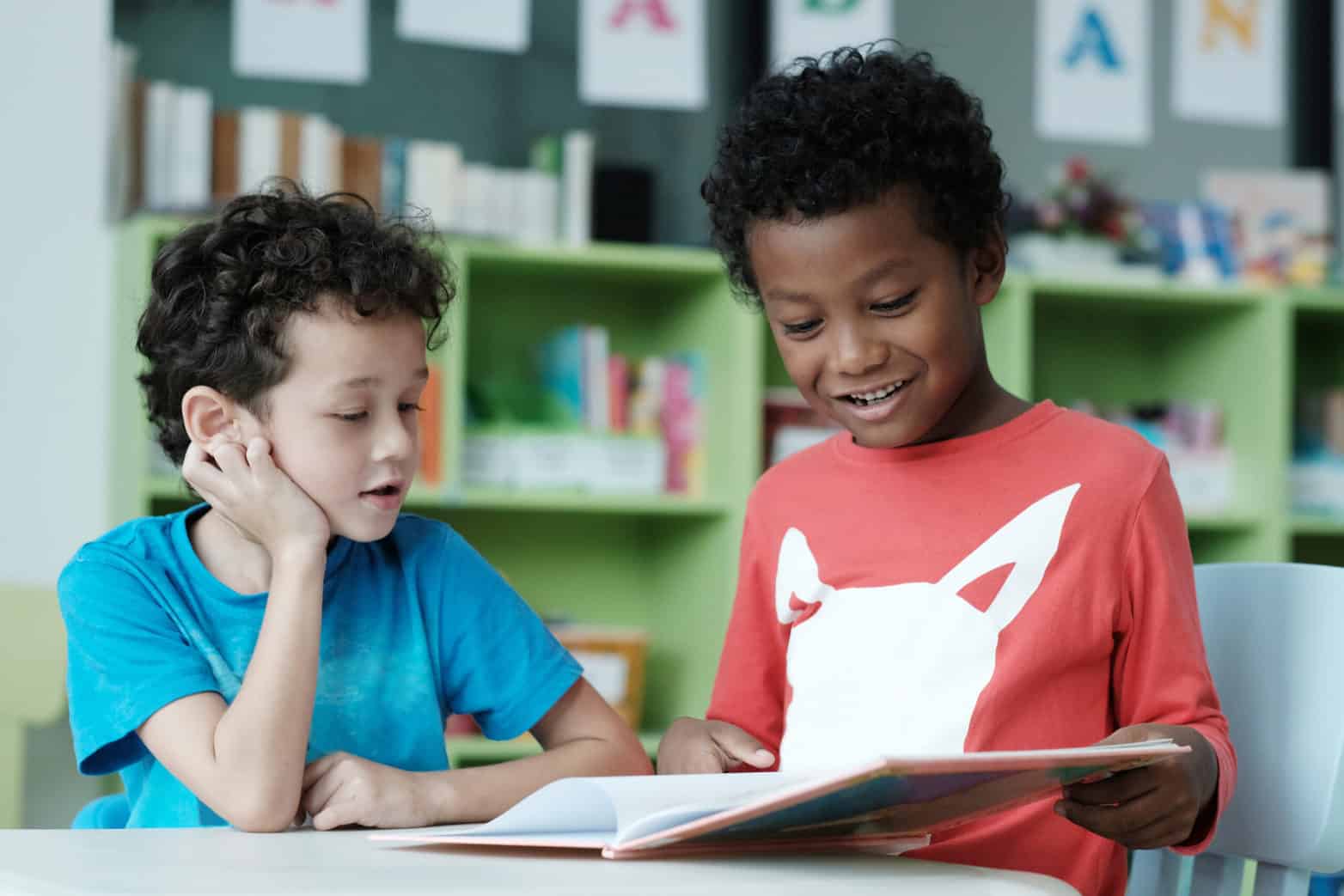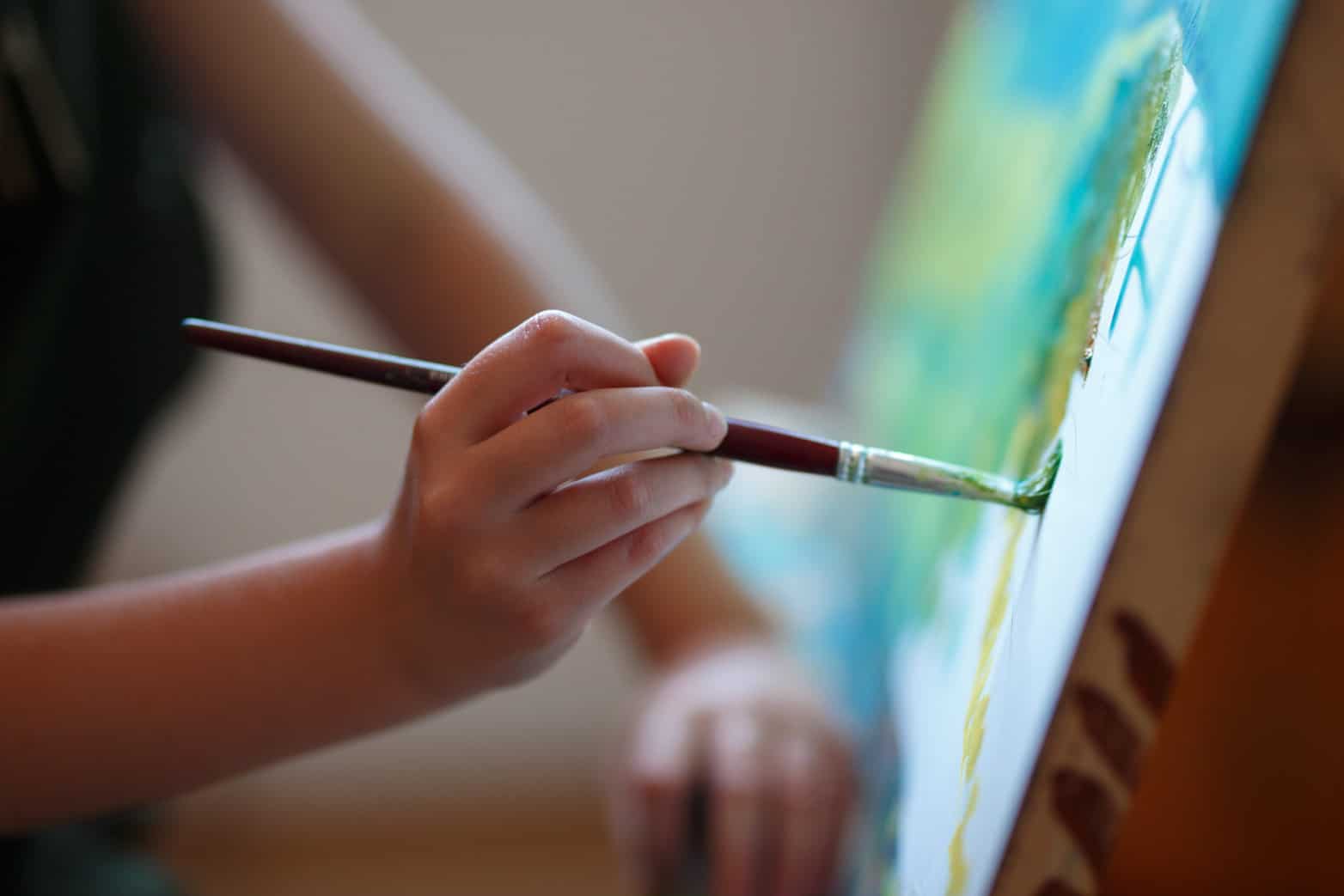As a classroom teacher on Back-to-School Nights, I told parents that art was the most important subject in their student’s day. They laughed, but in many ways I was serious. The lessons learned by doing art sets the stage for learning across the board. Education should be a journey that fosters respect and grows confidence in one’s own learning ability. Art does. Art-infused education teaches problem-solving, communication, observation, seeing ideas from differing perspectives, critical thinking, risk-taking, and collaboration. These skills and behaviors transfer across the curriculum—including, and perhaps especially, literacy. Plus, it is fun.
Doodles Academy is a varied and inclusive source for art, artists, and ideas of how to use art in teaching literacy. It encourages teachers and students to think of art as not just fancy paintings in a museum. My teaching is focused on multiple ways of seeing, interpreting, and expressing information; exploring ideas; and making creative connections. Learning to “read” artwork is much the same as learning to read words. Making artwork is connecting and arranging the pieces much like you arrange words in writing.
Which wolf would you rather meet in the woods?
Picture books have pictures for a reason. They support and add detail to simple text. More importantly, pre-readers begin to make the connection between written words, and the story the pictures are telling, and that the letters are telling the story, too.
Looking at art beyond illustrations can serve that purpose also. For young readers, art can serve as an introduction to a subject before reading about it. Students engage visually, interest is heightened, questions are asked, and anticipation to find the answer builds.
Exploring art also lets students practice “reading” in a different but parallel process. Looking at art is interpreting color, line, texture, and shape into a cohesive whole to understand what the artist is saying. Like literature, artwork is a vehicle for a deeper, more nuanced interpretation of tone and emotions; it also necessitates close analysis, making connections, and putting the pieces together. Capital-A Art has an advantage over illustration by having a more evolved language and more layers of meaning.
Groundwork: Which Grand Canyon would you like to visit?
Spend some time looking closely at the parts of these two paintings. What do you see? How do you feel when you look at them? What information do they each tell you about this place called the Grand Canyon? What is the story being told? Is it the same story in each piece?
Both pieces focus on the vastness of the canyon but have a different feel. Thomas Moran tells a romanticized story of light, weather, fluffy clouds, and dreamy rock in the age of Manifest Destiny. Shonto Begay, a Navajo artist, shows a less-somber impressionistic view and invites the viewer to follow the path into the distance. It feels like there may be a story waiting to happen.
The artwork sets up the pre-story of place. This grounds and enhances any reading that follows, whether it’s a book for beginning readers about the National Park, a youth adventure story that takes place in the canyon, or a non-fiction work about the science of river erosion.
Art can be used as a visual example of a literary concept. For example, the image Tamika sur une chaise longue avec Monet by Mickalene Thomas shows a room packed with shapes, pattern, and texture. How could students convey this same sense of fullness and rhythm in words?
Japanese ukiyo-e prints are visual depictions of the concepts expressed in haiku, capturing the exquisite moments of everyday life.
Sixth-grade student, James, captures Hokusai’s in a short poem: “Mt. Fuji stands calm /Unbothered by the frenzy /Of the people at work.”
Making Your Mark
Making art is also aligned with literacy. For young children, mark-making is the first step in learning to both draw and write. The freedom to play with making marks in various ways and media, and exploring how the marks work, allows children to understand on a personal level that marks can carry meaning: a rough hard scribble may show frustration whereas large sweeping curves convey something more soothing. Children recognize this, and it lays the foundation for learning letters and numbers that have assigned meanings. Older students also gain from exploring expressive mark-making. They can experiment with conveying information with a single line. “Reading” the marks is finding meaning in symbols.
Another idea is to have students draw insects either before or after reading a poem about fireflies. This lets students go through a process of reviewing what they already know or have learned to make their own connections from the reading and express their own perspectives. Drawing after reading fiction helps consolidate and make sense of the story, identify what is important, and allows students to work through their thoughts. Drawing a story before writing it does the same. It gives early writers a way to develop and record ideas, find their voice and their emotional tone, and see the arc of the story before committing to the written word.
Photo credit: Zoe Foster
The marks used may be different in artwork, but combining colors and shapes with purpose parallels combining words—and even literacy itself. Marks and words support each other and are both powerful, creative problem-solving tools.



















What a genuinely great read! Thank you, and Agree!
I teach Kindergarten and want to really embrace the Art aspect of Wit & Wisdom.
I’m going to incorporate more artists and paintings from Time-Life Library of Art books.